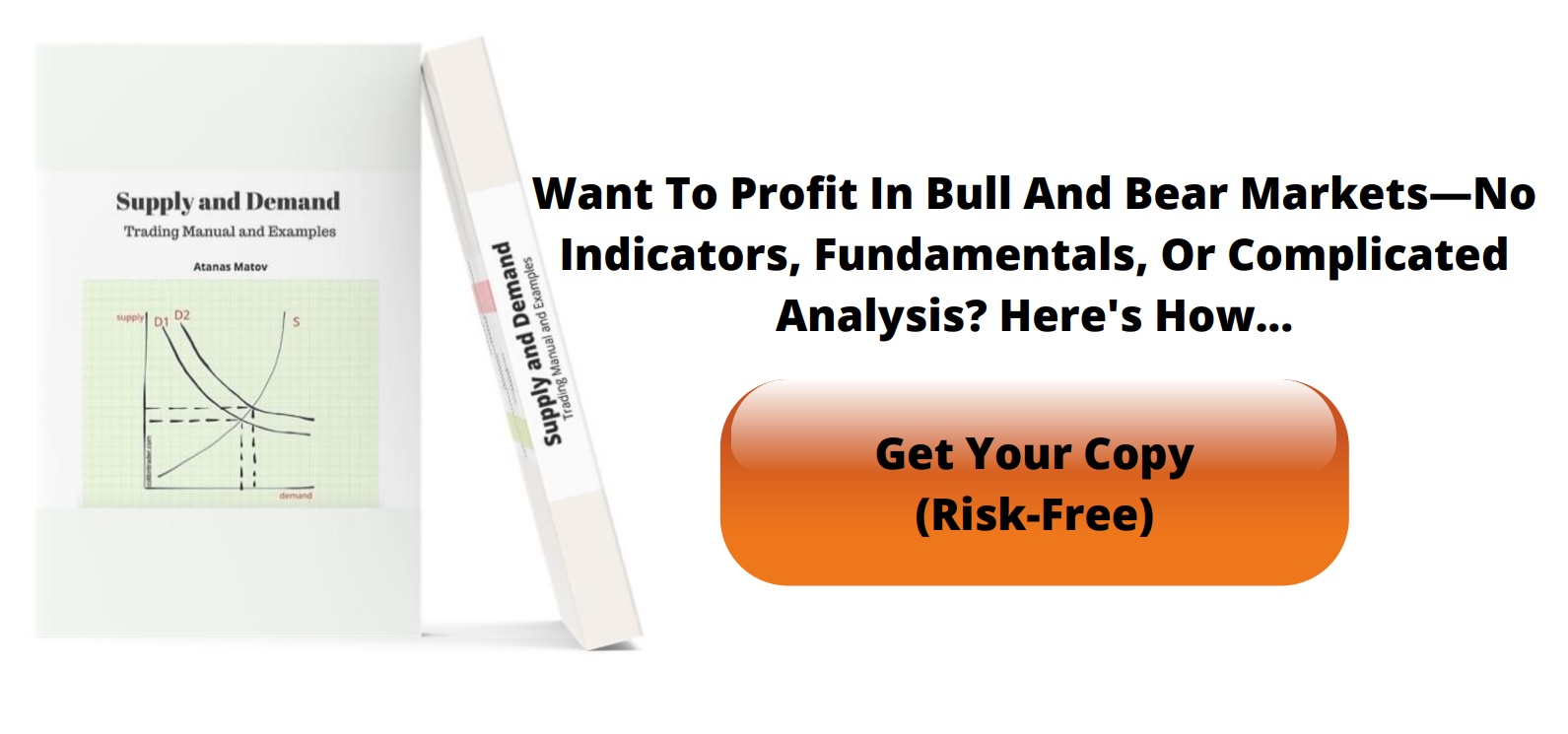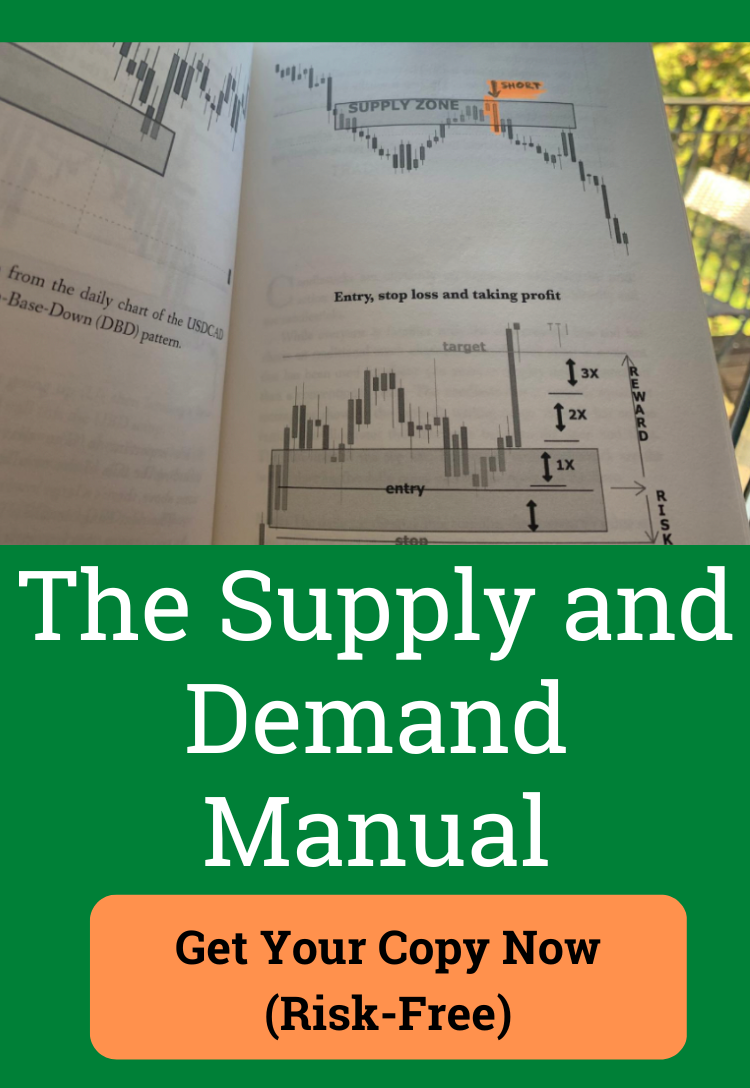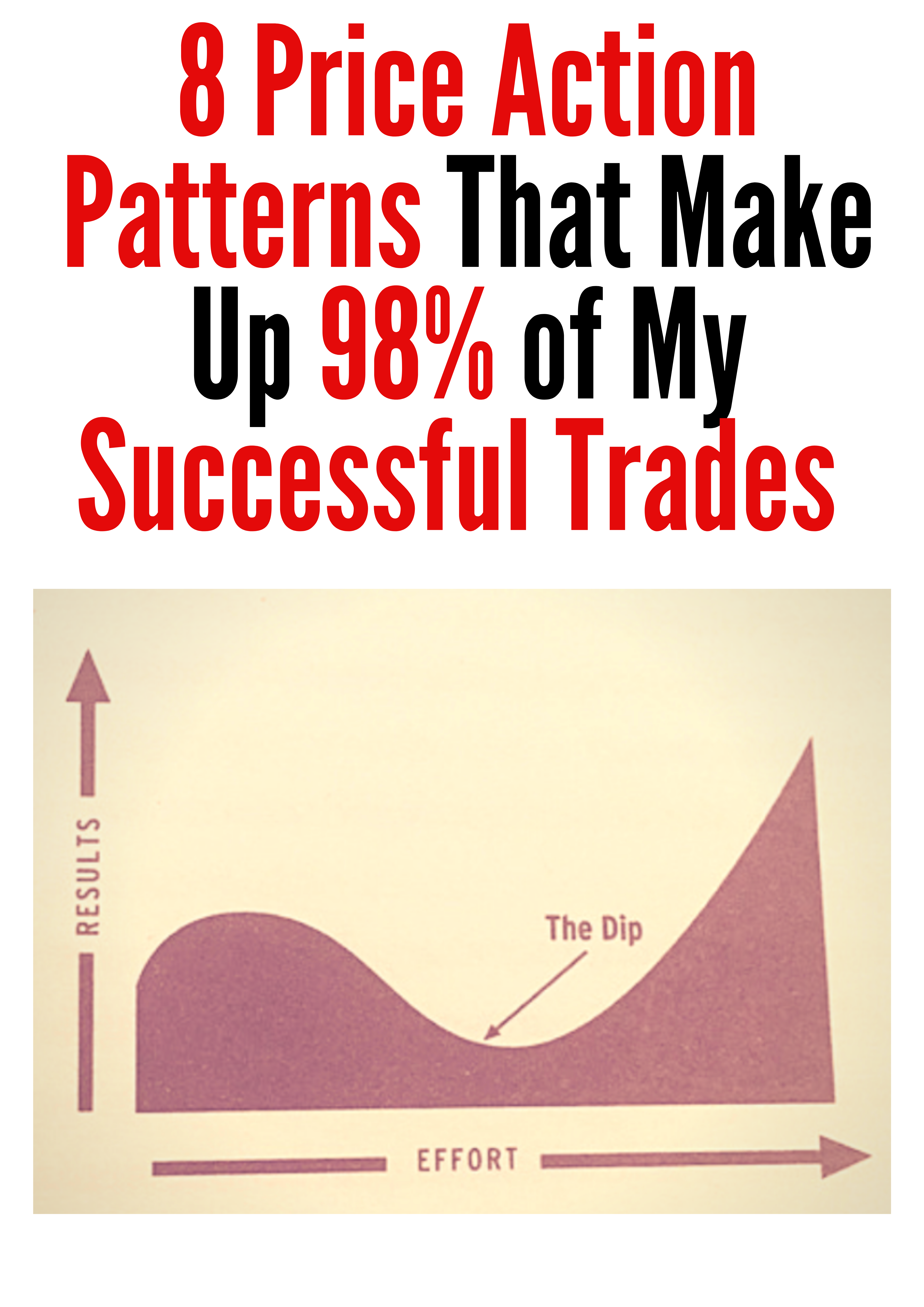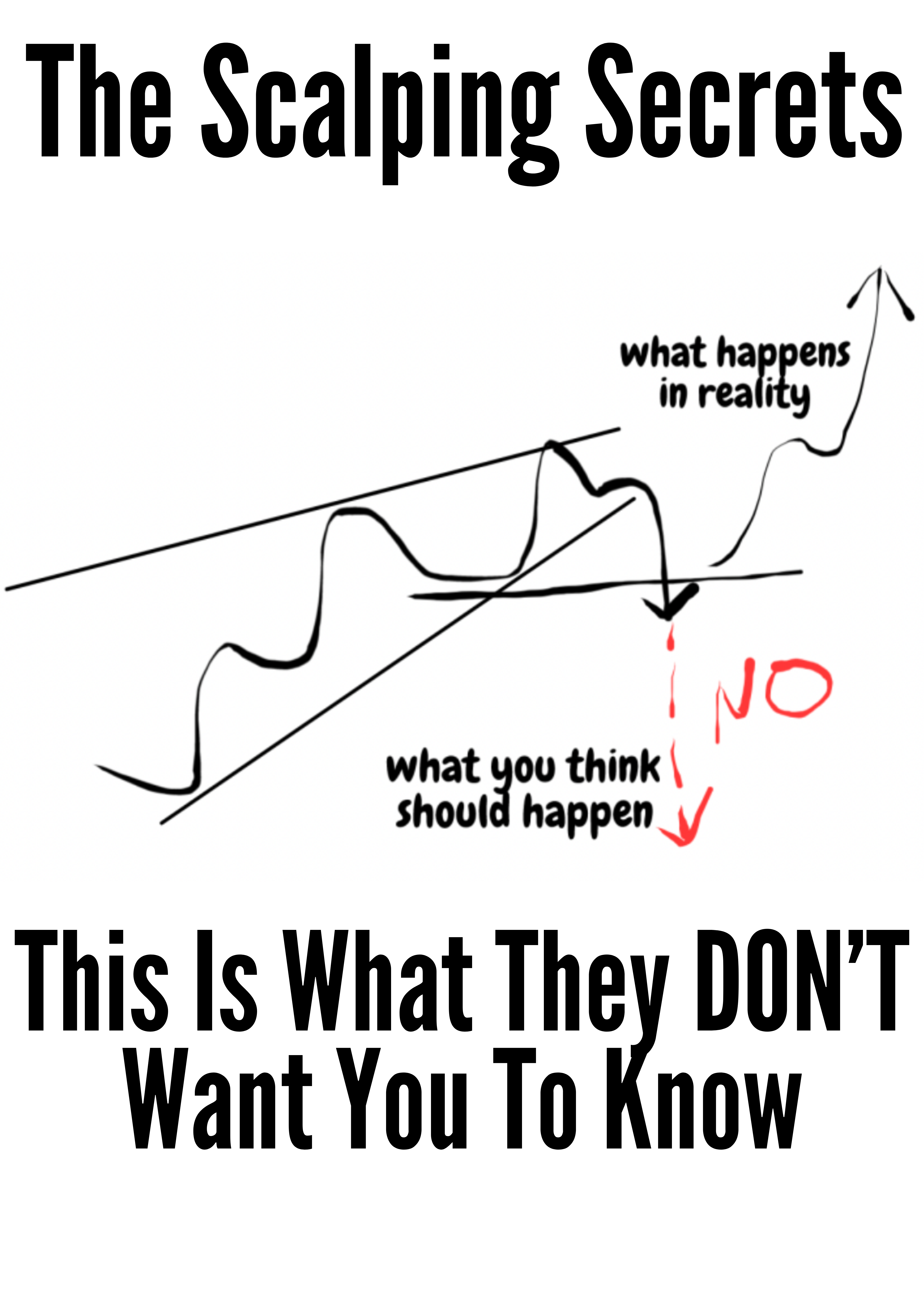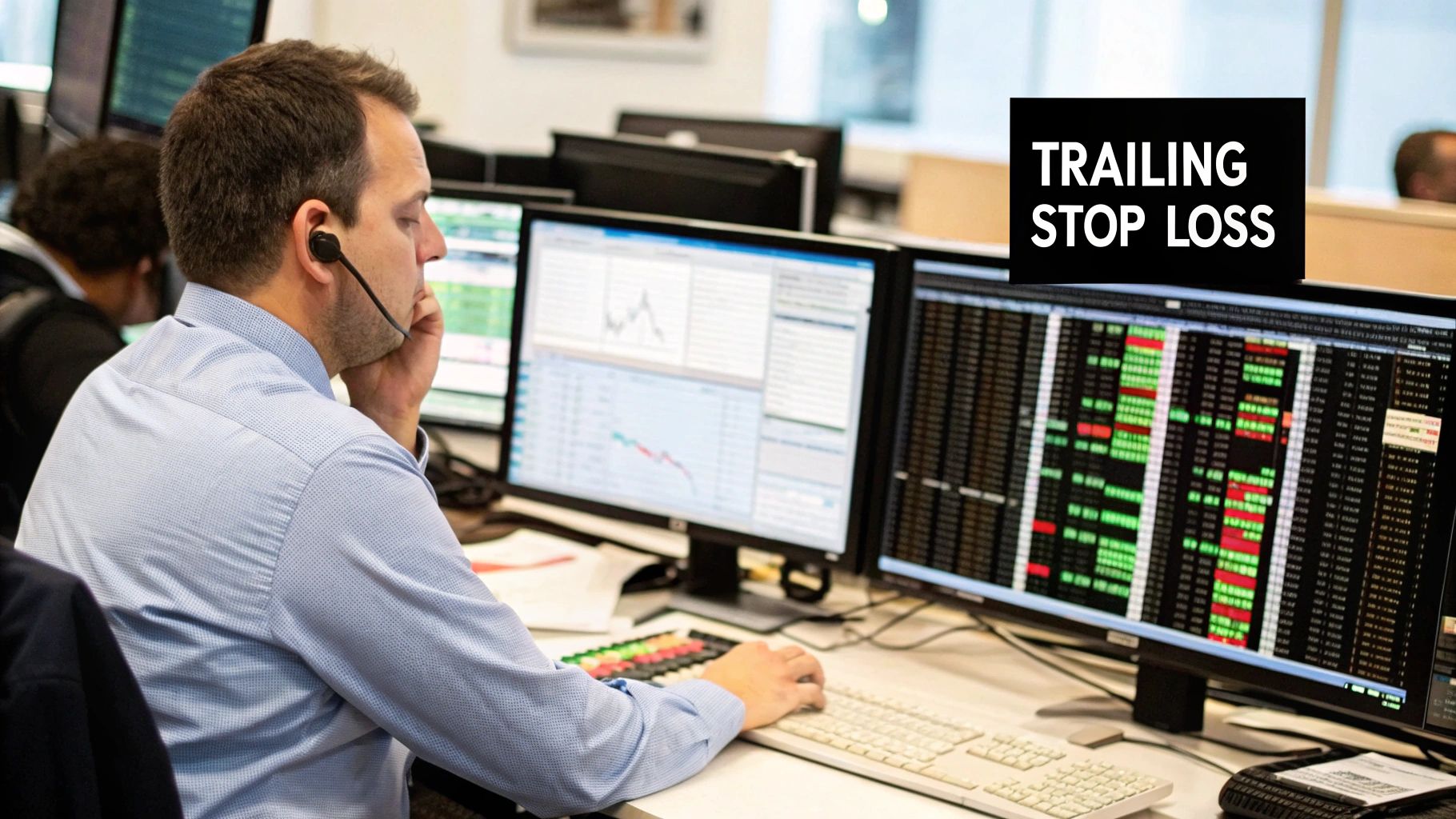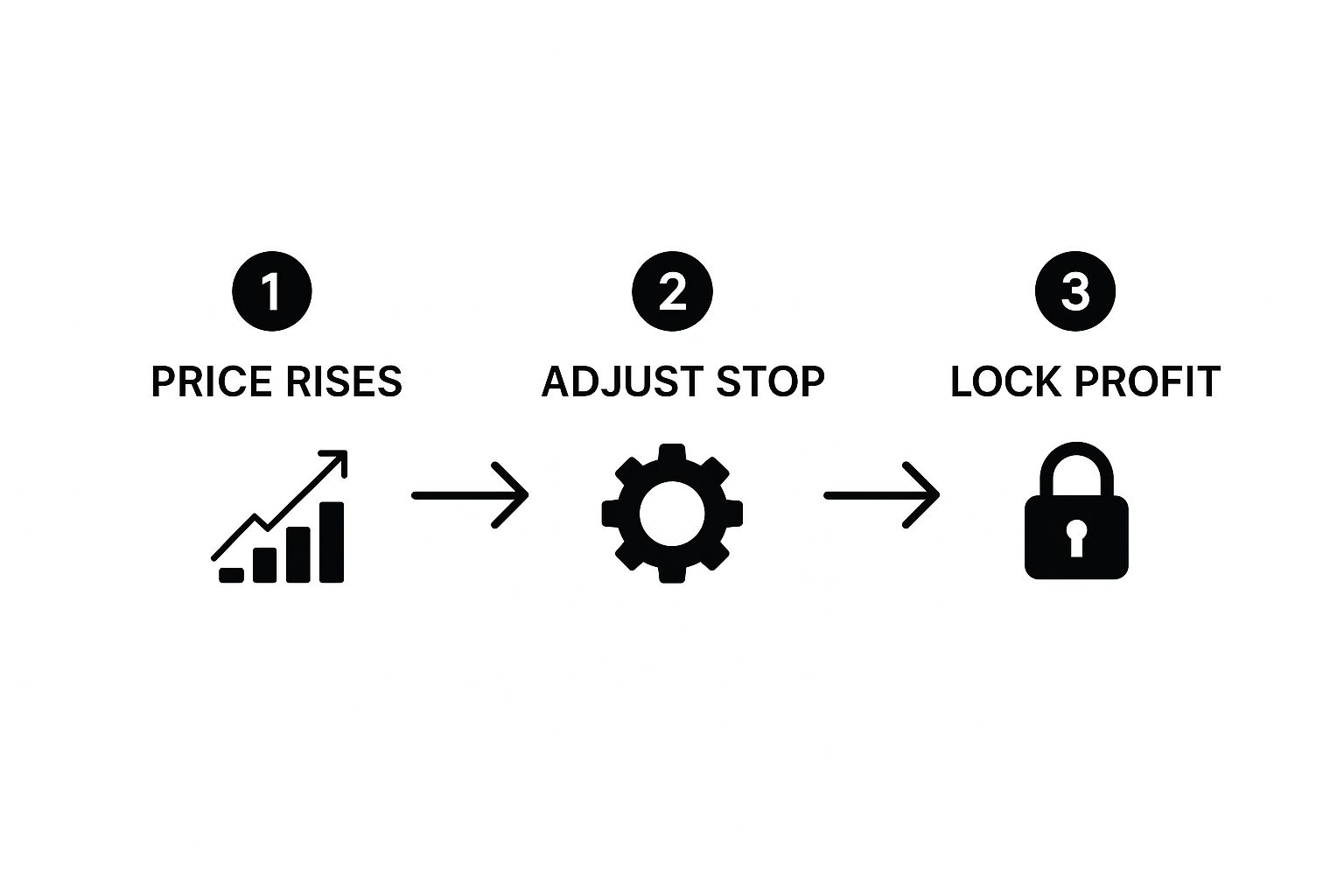What is a Trailing Stop Loss? Protect Profits & Manage Risk
A trailing stop loss is a dynamic sell order that automatically adjusts its trigger price as your investment climbs. Unlike a standard stop loss that stays put, this order trails the stock's price upward, helping you lock in profits while still giving the asset room to run. Think of it as your automated safety net.
The Foundation of a Trailing Stop Loss
I like to think of a trailing stop loss as a ratchet. As your stock price clicks higher, the stop-loss clicks up with it, tightening the safety net around your gains. But if the price starts to fall, the ratchet holds firm. It doesn't move down, protecting the profit you've already secured.
This is a powerful tool because it solves one of the oldest dilemmas in trading: when to sell a winner. It pulls emotion out of the equation and replaces it with a clear, automated rule. Instead of guessing if a stock has peaked, you let the market's own momentum guide your exit, allowing you to ride a trend for as long as it lasts.
The Two Core Components
At its heart, every trailing stop loss order is built on two simple but powerful inputs that you define. Getting these right is the key to using this tool effectively.
-
The Trailing Amount: This is the distance you want your stop-loss to keep from the stock's highest price since you placed the order. It can be a specific dollar amount (like $5 below the high) or, more commonly, a percentage (like 10% below the high). This number really just defines how much of a dip you’re willing to stomach before getting out.
-
The Trigger Price: This isn't a fixed number. It’s the constantly adjusting price level that, if the stock drops and hits it, automatically turns your order into a market order to sell. This moving target is always calculated based on that trailing amount you set and the peak price the stock has hit.
To make this crystal clear, let's break down these two parts in a simple table.
Key Components of a Trailing Stop Loss Order
| Component | Function | Example |
|---|---|---|
| Trailing Amount | Sets the buffer between the peak price and your exit point. Can be a percentage or a dollar value. | A 15% trail on a stock that hits a high of $100. |
| Trigger Price | The calculated price that will execute the sell order. It moves up but never down. | With a 15% trail, the trigger price at the $100 peak is $85. |
Essentially, you tell your brokerage how much of a leash to give your stock, and it handles the rest.
A well-set trailing stop loss automates disciplined trading. It removes the greed and fear that so often lead to poor selling decisions, ensuring you stick to your plan even when markets get choppy.
How a Trailing Stop Loss Actually Works
To really get what a trailing stop loss is all about, you have to see it in action. The whole thing is an automated process that hinges on one key concept: the high-water mark.
Think of the high-water mark as simply the highest price a stock has hit since you opened your position and set the order. Your trailing stop uses this peak price as its one and only reference point.
Let’s walk through an example. Say you buy a stock at $50 and decide to protect it with a 10% trailing stop. Right off the bat, your stop is set at $45 ($50 minus 10%). Now, if that stock starts to climb and hits $60, this $60 becomes the new high-water mark. Your trailing stop automatically adjusts itself, moving up to $54 ($60 minus 10%). Just like that, you've locked in a minimum of $4 in profit per share.
The real magic, though, is what happens when the price pulls back. If the stock dips from its $60 peak down to $57, your stop price doesn't budge. It stays put at $54, giving the stock room to breathe. The stop only ever moves up when the stock forges a new high-water mark; it never, ever follows the price back down.
The Lifecycle of the Order
The process is pretty straightforward once you see the moving parts. It starts as a simple instruction waiting on the sidelines and only jumps into action when the market meets your conditions.
Here’s how it unfolds:
- Placement: You set the order with your chosen trailing value, either as a percentage (like 15%) or a fixed dollar amount (like $5). The initial stop price is calculated from your entry price.
- Trailing: As the stock price rallies to new highs, the stop price automatically trails behind it, always maintaining that specific distance you set.
- Activation: If the stock price falls from its peak and finally touches your trailing stop price, the order is triggered.
- Execution: The second it's triggered, your trailing stop becomes a market sell order. This means it sells your shares at the very next available price.
This flow shows just how dynamic the order is in protecting your profits while giving a winning trade room to run.
As the graphic shows, it’s a powerful cycle: the price goes up, the stop follows, and more of your profit gets locked in with every new peak.
Key Takeaway: A trailing stop loss is a one-way street—it only moves up. It’s designed to follow a winner and hold its ground during minor dips, which gives your trade a chance to recover and keep climbing.
From Trigger to Execution
Once your stop price gets hit, the game changes. Your order is no longer a "what if" instruction. It immediately becomes an active command to sell your shares at the best available market price.
It's really important to understand that the final execution price might not be exactly your stop price. In a fast-moving, volatile market, there can be a slight difference between the price that triggered your order and the price you actually got. If you want to dig deeper into why this happens, it's worth learning about what is slippage in trading and how it can impact your trades.
This automatic switch from a conditional order to a market order is what guarantees a quick exit, prioritizing getting you out of a losing position over hitting a precise price point.
Seeing Trailing Stop Loss Examples in Action
Theory is one thing, but seeing how a tool works with real numbers is where the understanding clicks. To really get a feel for a trailing stop loss, let's walk through a couple of trade scenarios.
First, we’ll look at a profitable trade where the trailing stop does its job perfectly, letting a winner run. Then, we’ll see how it performs its most critical function: damage control on a trade that goes south.
Example One: The Winning Trade
Let's say you've been watching a tech company, "Innovate Corp," and decide to buy 100 shares at $150 per share. You're feeling good about its prospects, but you're also a disciplined trader. You want to protect your capital but also give the stock room to grow. A 15% trailing stop seems like a good fit.
Here’s the play-by-play:
- Initial Purchase: You buy in at $150. Your trailing stop automatically sets an initial floor 15% below that, at $127.50. If the stock immediately tanks, you're out at that price.
- The Rally: Great news! Innovate Corp drops a stellar earnings report, and the stock pops, climbing to a new high of $180. Your trailing stop follows it up, automatically adjusting to $153 ($180 minus 15%). At this point, you've already locked in a small profit.
- Continued Momentum: The good times keep rolling. Over the next few weeks, the stock continues its climb, eventually hitting a peak of $220. Your stop price has been faithfully trailing behind, ratcheting up to $187 ($220 minus 15%).
- The Reversal: The market mood starts to shift, and Innovate Corp begins to pull back from its high. It drops from $220 to $210, then to $200, and finally touches $187.
- Execution: The second the price hits $187, your trailing stop triggers and becomes a market order. Your 100 shares are sold.
In this scenario, you were taken out of the trade automatically, securing a solid profit of $37 per share ($187 sell price – $150 buy price). You didn't have to agonize over when to sell. The tool let you capture a huge chunk of the uptrend and took all the emotion out of the exit.
Example Two: Protecting Against a Loss
Now for the flip side. Let's imagine a trade that immediately goes against you. You buy 100 shares of "Momentum Metals" at $50 per share, hoping for a quick breakout. But just in case, you set a tight 10% trailing stop loss.
A trailing stop loss is just as much about preventing a small loss from turning into a big one as it is about locking in profits. Its primary function is always risk management.
Here's how this one plays out:
- Initial Purchase: You get in at $50. Your stop-loss trigger is instantly set 10% below that, at $45.
- A Brief Rise: The stock ticks up for a moment to $51, creating a new high-water mark. Your stop nudges up just a bit to $45.90 ($51 minus 10%).
- The Sharp Decline: Uh-oh. Some unexpected bad news hits the sector. The stock reverses course hard and plummets right past your entry price.
- The Trigger: As the price tumbles, it hits your standing stop price of $45.90.
- Damage Control: Your order executes, selling all your shares. You've taken a loss of $4.10 per share ($50 buy price – $45.90 sell price).
Nobody enjoys taking a loss, but the trailing stop did its job flawlessly. It enforced the risk limit you decided on ahead of time, preventing a much uglier loss if the stock had continued its freefall to $40 or even lower. This is the power of a trailing stop: disciplined, automated protection.
Trailing Stop vs. Standard Stop Loss Orders
It’s one of the first big questions a trader asks: should I use a trailing stop or a standard stop loss? While they both exist to get you out of a trade, they operate on completely different philosophies. Honestly, knowing which one to use in the right situation can make a massive difference in your results.
A standard stop loss is your fixed line in the sand. You pick a price, you set it, and it doesn't move. It's a simple, non-negotiable safety net. If the trade goes south and hits that price, you're out.
A trailing stop loss, on the other hand, is a bit more clever. It’s dynamic, designed to move in only one direction—up. This single difference completely changes how you use it.
The Static Shield vs. The Dynamic Net
The main job of a standard stop loss is pure loss prevention. You decide upfront the absolute maximum you're willing to lose on a particular trade, set the order, and that's that. Think of it as a set-and-forget tool for pure downside protection. It's worth getting a good handle on how to set standard stop loss orders to master these basic mechanics.
A trailing stop loss pulls double duty. Yes, it also protects you from a catastrophic loss, but its real power is in protecting unrealized profits. It automatically follows a winning trade, inching upwards and locking in your gains as the price climbs. All the while, it still gives the trade enough breathing room to keep trending. Our guide on how to set a stop loss covers the foundational ideas that apply to both order types.
Research even backs this up. One analysis showed trailing stop strategies had a much higher hit rate—94% compared to just 52% for standard stops on certain stocks. That means they're triggered more reliably to protect your capital.
The easiest way to think about it is this: a standard stop protects your starting capital, while a trailing stop protects your profits as they grow.
Choosing the Right Tool for the Job
So, which one is better? The best choice really comes down to the market conditions and the personality of the asset you’re trading.
To make it crystal clear, here’s a quick head-to-head comparison of when to use each one.
Trailing Stop vs. Standard Stop Loss: A Head-to-Head Comparison
This table breaks down the key features of both dynamic trailing stops and their static counterparts, helping you decide which fits your current trade.
| Feature | Trailing Stop Loss | Standard Stop Loss |
|---|---|---|
| Flexibility | Dynamic; automatically adjusts upward with price. | Static; remains fixed at the price you set. |
| Primary Goal | Profit protection and letting winners run. | Strict loss prevention and risk definition. |
| Best For | Strong, trending markets with clear upward momentum. | Range-bound or choppy markets with clear support levels. |
| Psychology | Removes the emotion of when to sell a winner. | Enforces discipline on your maximum acceptable loss. |
At the end of the day, a trailing stop loss is your best friend in a strong, trending market. It helps you ride that wave of momentum without getting shaken out by minor dips. A standard stop loss, however, is often more reliable for stocks bouncing around in a predictable range, where you can tuck it just below a known support level.
How to Choose the Right Trailing Stop Percentage
Deciding on your trailing stop percentage is more than just a technical step—it’s probably the most critical decision you'll make when using this order. You're trying to find that perfect balance between protecting your profits and giving your trade enough room to navigate the market's normal ups and downs.
There’s no magic number here. The ideal percentage is completely tied to the asset's personality, your trading strategy, and your own comfort with risk.
The core dilemma is a classic one: do you set it too tight or too wide? A tight stop, maybe something small like 5-8%, follows your price action very closely. This is fantastic for locking in gains quickly, but you also run the risk of getting "whipsawed" out of a perfectly good trade by a minor, meaningless price dip.
On the flip side, a wide stop of 20-25% gives your position plenty of breathing room. This helps you stay in a long-term trend even when it gets choppy, but it also means you’re risking a much bigger chunk of your paper profits if the trend suddenly reverses on you.
Finding Your Strategic Sweet Spot
To move beyond just guessing, you need to look at a few key factors to set a more calculated and effective trailing distance. A data-driven approach almost always beats picking a number that just "feels right."
I always consider these three elements:
- Asset Volatility: Volatile stocks, like the ones you see in the tech or biotech sectors, are known for making big price swings. They demand a wider stop (think 20-30%) to avoid getting shaken out too early. In contrast, stable, blue-chip stocks might only need a tighter stop in the 10-15% range. You can use indicators like the Average True Range (ATR) to get a real number on this volatility instead of just guessing.
- Your Risk Tolerance: This is all about you. An aggressive trader might be perfectly fine with a wider stop because they're hunting for those bigger home-run gains. A more conservative investor, however, will likely prefer a tighter stop because their number one priority is protecting their capital. A great way to frame this is to calculate your risk-reward ratio to see how it fits into your overall strategy.
- Investment Horizon: Are you a short-term swing trader or a long-term position holder? Swing traders often use tighter stops because they’re trying to capitalize on quick, sharp moves. Long-term investors will use much, much wider stops to ride out entire market cycles without getting bumped out.
Finding the right percentage is an art informed by science. It's about matching the stop's sensitivity to the unique rhythm of the asset you're trading and your own strategic goals.
Research actually backs up how much this choice matters. One study on portfolio risk management found that trailing stop rules consistently reduced portfolio variance. A 5% trailing stop, for example, resulted in a variance ten times lower than a simple buy-and-hold strategy. It just goes to show how much a tighter stop can smooth out your portfolio’s performance and how even small adjustments can have a massive impact.
Understanding the Benefits and Risks of Trailing Stops
Let’s be honest: there’s no silver bullet in trading. Every tool has its place, and the trailing stop loss is a perfect example. It can be a powerful ally in the right situation, but you absolutely have to know its limitations and potential downsides. Going in with a balanced view is the only way to use it effectively.
The biggest win, hands down, is how it takes emotion out of the equation. It forces discipline by replacing gut feelings with a cold, hard rule you set up ahead of time. This automation lets you give your winning trades room to breathe without having to stare at your screen all day, helping you catch a bigger piece of a strong trend you might have bailed on too early.
The Upside of Automation
For any trader trying to build discipline, the advantages of a well-placed trailing stop are pretty compelling.
- Automated Profit Protection: This is its core job. It methodically locks in your paper gains as the price climbs, acting as a safety net against a sudden dive.
- Emotionless Decision-Making: It shuts down the two biggest account killers: the fear of missing out on more profit and the greed that tempts you to hold on way too long, turning a solid gain into a loss.
- Maximized Winning Trades: By not choking your position, a trailing stop helps you ride a strong trend much longer than your nerves might otherwise allow, capturing far more of the upside.
Potential Drawbacks and Risks
Of course, that same automation comes with risks you need to plan for. It’s not a "set it and forget it" magic trick.
While trailing stops are fantastic for managing downside risk, they can sometimes lag behind a simple buy-and-hold strategy on total returns. Think of them as a tool for protecting what you have, not for squeezing out every last penny of profit.
The most common frustration? Getting "whipsawed." This is when normal, short-term market choppiness triggers your stop loss, selling you out of the position… only for the stock to immediately reverse and rocket higher without you. If you set your trail percentage too tightly, especially in a volatile market, you're practically asking for this to happen.
Another major risk is the overnight price "gap." Let's say bad news hits after hours. The stock might open the next day far below its previous closing price. Your stop will trigger at the first available market price, but that price could be miles away from your intended exit.
A trailing stop guarantees an exit, but it does not guarantee a specific price. That’s a critical distinction to burn into your memory. As market studies often show, this is a real-world dynamic traders have to contend with. If you want to dive deeper into the data, you can read the full research about long-term risk mitigation with trailing stops to better understand these mechanics.
Frequently Asked Questions About Trailing Stop Orders
To wrap things up, let's tackle a few of the most common questions traders have about trailing stops. Getting these details straight will help you handle real-world trading with a lot more confidence.
Can I Use a Trailing Stop Loss for Short Selling?
Absolutely. A trailing stop loss works just as well for a short position, but in reverse. It's your automated guardian, protecting profits as a stock's price falls.
Instead of placing it below your entry, you set it a certain amount above the price where you sold short.
As the stock price drops (which is exactly what you want), the stop order automatically follows it downwards. If the stock suddenly rallies and smacks into your trailing stop level, it triggers a "buy to cover" order. This closes you out, either locking in a nice profit or cutting a potential loss short.
What Happens if the Market Gaps Down Overnight?
This is a critical risk you have to understand. If a stock opens for trading at a price that's way lower than its previous day's close, it's called a "gap." Your trailing stop will trigger at the very first price available, which could be miles below where you thought you were protected.
The order guarantees you an exit, but it does not guarantee a specific execution price. This weakness to overnight gaps is just part of the game when holding positions with any kind of stop order.
Do All Brokers Offer Trailing Stop Loss Orders?
While most of the big online brokers offer this powerful tool, it's not a given. The availability and even how it works can be surprisingly different from one platform to the next.
For instance, some brokers might only let you use percentage-based trails. Others will offer both percentage and fixed-dollar amounts. Before you even think about placing a trade, always double-check that your broker has the specific type of trailing stop you need. More importantly, read their help docs to see exactly how it functions on their system. A simple check like this can save you from a very expensive surprise.
Ready to stop relying on complicated indicators and master the art of price action? At Colibri Trader, we provide straightforward, action-based trading education to help you achieve consistent results. Take our free quiz to find out your trading potential today! https://www.colibritrader.com

